My curiosity over the original Sony Alpha DSLRs started a few years ago when I read that the Sony A mount was discontinued. I admit I had no idea that it wasn’t already, as I almost never hear about Sony DSLRs. It was all mirrorless for Sony as far as I was aware. Upon digging a little I learned more about the beginnings of the Sony A mount, which is inseparable from the death of Minolta as a camera company. It’s a fascinating tale, and an even better camera system. I picked up the Sony A100 to try it out for myself.
Introduction
It’s hard to talk about the Sony A100 and not talk about the history behind how and why it was made. In fact, all the best parts of the A100 are from Minolta. Most of the tech, the lens mount, even the Alpha name came from Minolta’s overseas branding. And as good of a camera it is, the real treat isn’t the camera itself. It’s having access to all the old Minolta A mount glass on the market.
I made a nifty short video summarizing the history, but I’ll include a write-up below in case you would rather read it. Hop on down to the history section to check that out.
As far as the camera itself goes, it’s a fairly typical DSLR from the early 2000s. Compact body and simple menu system. The body actually feels a little more cheap and plasticky compared to Nikon, Canon, and Pentax DSLRs at the time. It was a mid-level camera when released, after all.
It sports a 10mp CCD sensor which I thought performed wonderfully in combination with my vintage Minolta glass.
History
Sony The Digital Pioneer
Sony had already been developing digital sensors and cameras for quite a while before the release of the A100. Starting in the 1980s, Sony was among the pioneers in digital imaging, and before long almost every camera manufacturer looked to them to produce their digital camera sensors. That pattern holds true today, and they remain the leader in sensor production for consumer cameras. Check whatever camera you have now, and with few exceptions, the sensor is made by Sony.
Sony was not new to digital imaging, but by the early 2000s had still not produced an interchangeable lens camera system as almost every other camera manufacturer had done by that point. But remember, while Sony had a head start on digital imaging, they didn’t have the history of film cameras that virtually all other companies turning digital had.
Enter Minolta
Minolta was a household camera name during much of the mid century. They produced cameras and lenses that remain well-known and sought after today.
Minolta has a rich analog history, but you may not know they were also once a pioneer in digital technology. In 1985 Minolta released the first hand-held DSLR. By the early 2000s when the digital camera race was in full sprint they released several DSLRs reusing their film era mount. They even introduced the world’s first sensor stabilization. Clearly Minolta was an innovative company. But like many other once thriving film-era camera companies things didn’t quite catch on in the digital world.
The Merger
Things started to sway for Minolta. They merged with another company that has their own lengthy history with cameras, Konica, and made a few DSLRs under the name Konica Minolta. Not long after they announced a deal to jointly produce DSLRs with Sony, who up until that point had made fixed lens camera systems.
Immediately following this announcement, Konica Minolta THEN shocked the camera industry by announcing they were leaving the camera industry all together, and passing off their technology and rights to Sony, thus ending a decades long legacy. Imagine what happened to Pentax and Olympus most recently, but instead of the new company keeping staff and the brand name, it discontinues it completely. Just a few months later the Sony A100 is born.
Image Quality
Like I mentioned the image quality is quite good. Colors look nice and when paired with these old Minolta lenses you get a great natural image. It’s keeping up with all the other classic DSLRs from the era, and that means good digital files with a little bit of nostalgia like those early 2000s family pictures you have laying around somewhere.
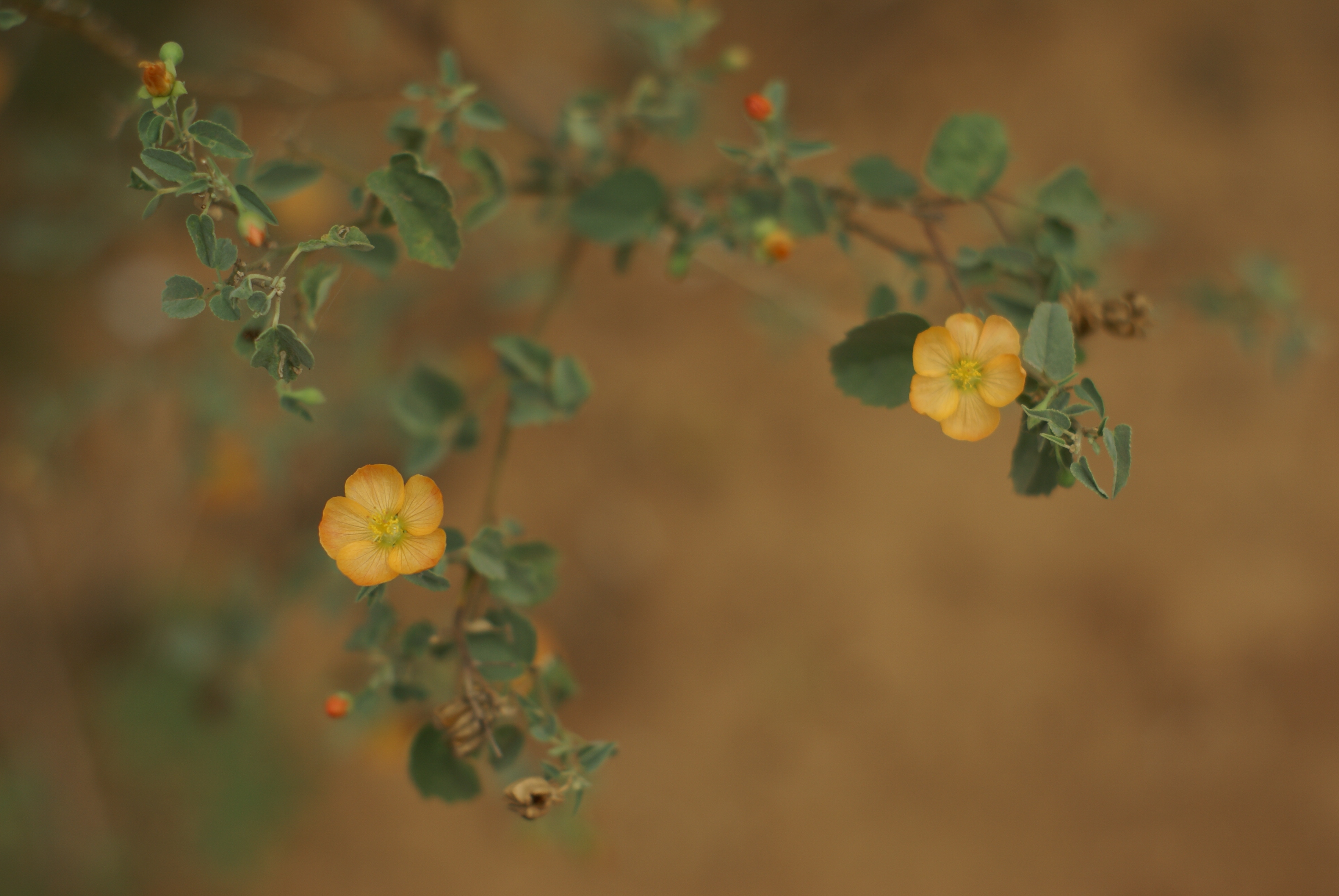
ISO performance on the high-end isn’t great but that’s to be expected for it’s era. I would stay 400 and below, going above only when necessary or for black and white shots, which can also look quite nice.
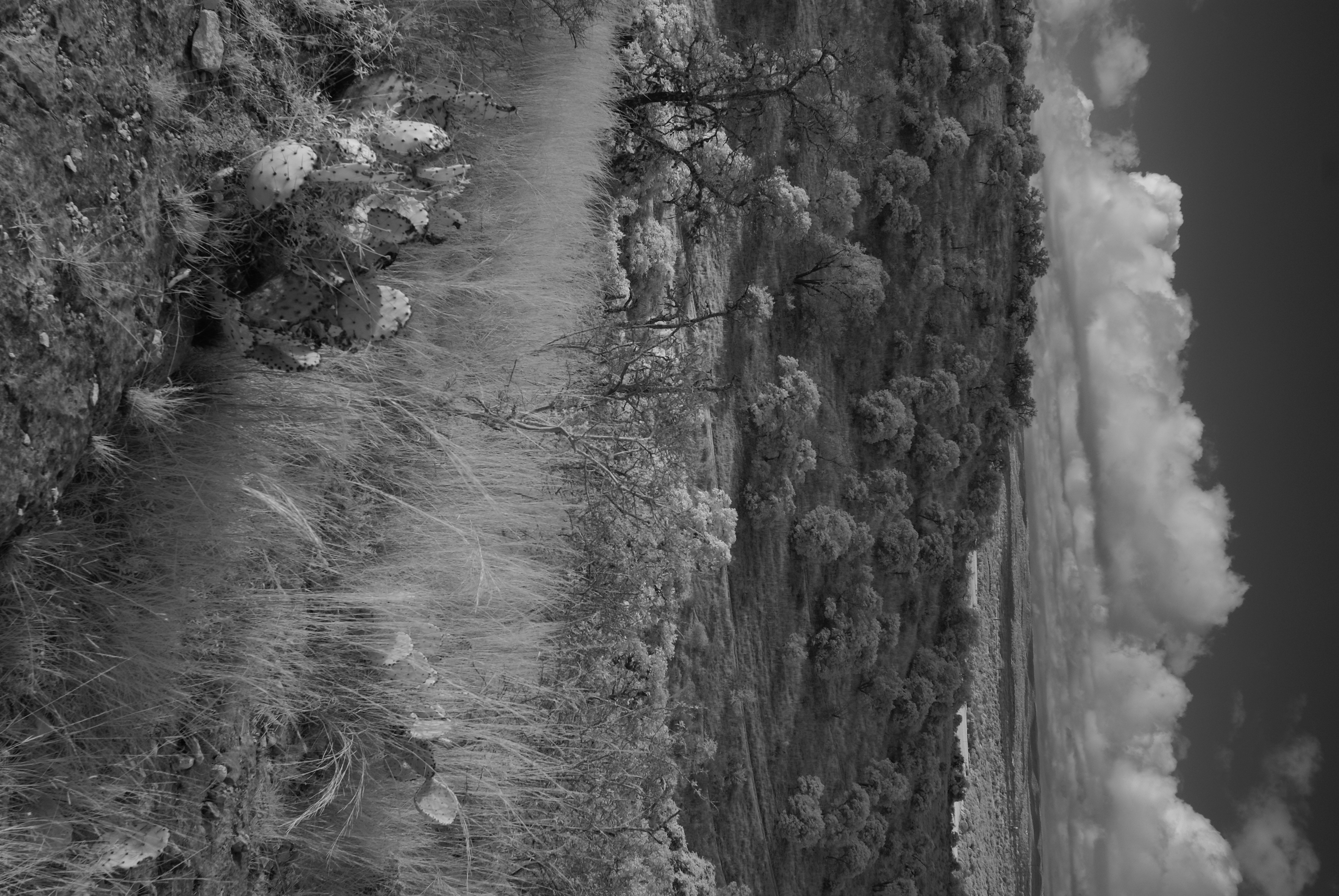
As for the vintage Minolta AF glass it’s a good deal. The 50mm and 28mm prime lenses I have perform very nicely, giving a good mix of high optical performance and some vintage charm. Both can be had for $30 or less a piece and have bright apertures. The lenses are what makes the Sony A100 so compelling in 2022 and beyond. With just a hundred dollars, you can pick up a beautiful 10mp CCD sensor with a handful of autofocusing lenses. As much as I love Pentax (and I do) they don’t have a vintage AF 28mm f2.8 for under $100, let alone $30. Once you start looking at 85mm f1.4 and other premium lenses it gets even better.
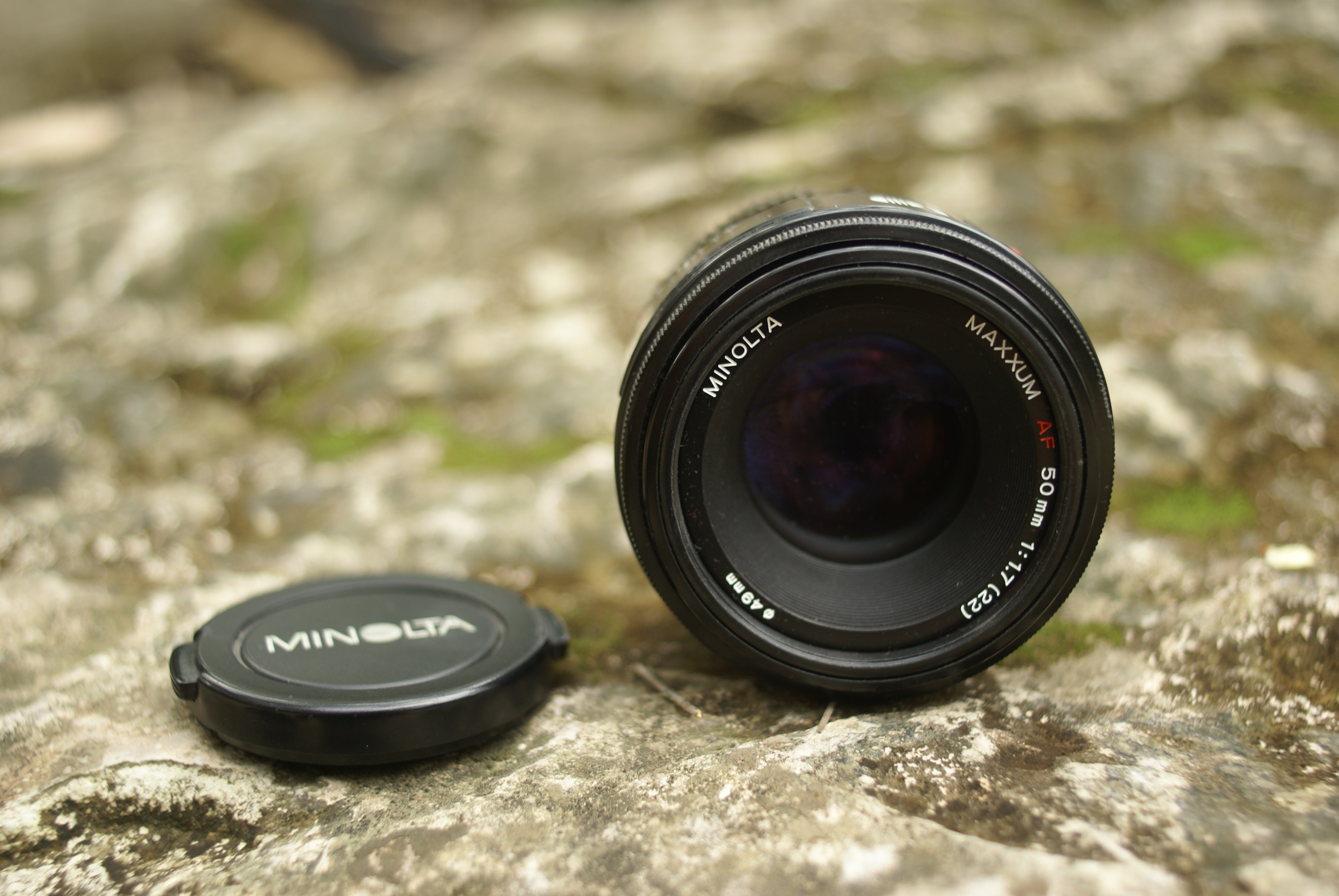
Handling
The Sony A100 is a small DSLR. About the size of my Pentax *ist DL which is a few years it’s elder. DSLRs definitely grew over the years, and by the time you get to something like the Canon 40D or Nikon D40 (isn’t that confusing or what?) the Sony A100 feels small in comparison. Small is good. It fit in my bags well with a Minolta prime lens attached. The trade-off is a smaller grip, but what you get is fine. It wasn’t an incredible feeling camera to me, but was perfectly fine. No complaints.
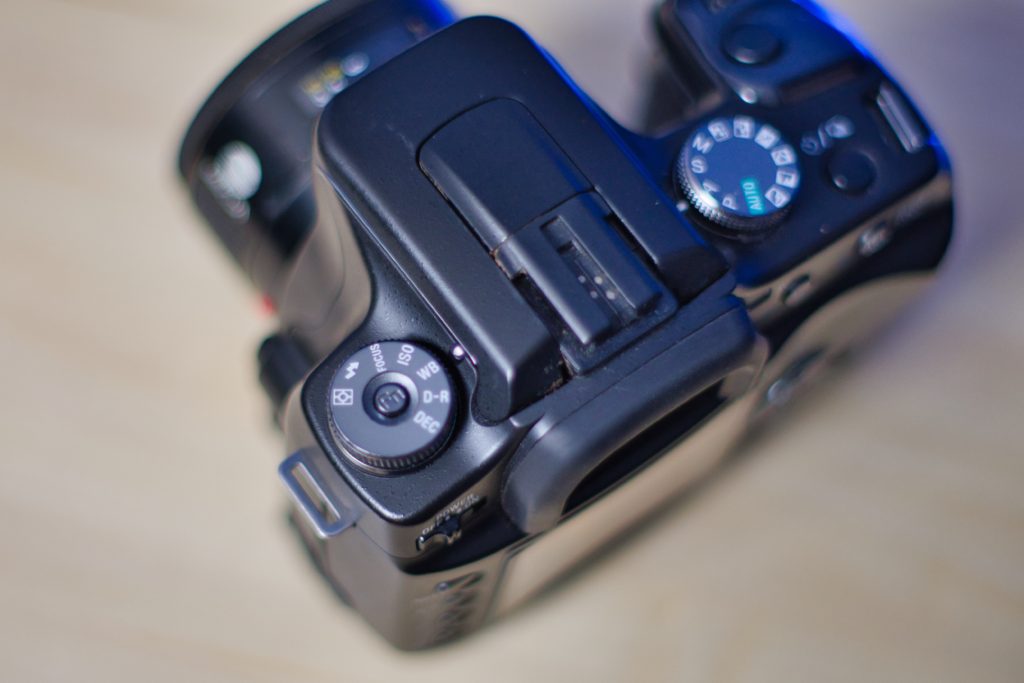
There is a dial on the left-hand side of the view finder which controls several shooting options like white balance, picture profile, and more. Simply turn the dial to the selected setting and click the button in the middle of the dial to pull up the menu for that option. I thought this was a pretty good way to avoid digging through menus.
The shutter is clunky and loud, but that’s also kind of cool. As we get more into mirrorless being the norm, it’s fun to hear a good ‘ol loud KER-CLUNK.
Conclusion
If you’re in the market for an affordable DSLR in 2022 and beyond, the Sony A100 (and following cameras in the series) present a compelling option. They aren’t my favorite as far as feel and handle, but aren’t at all bad. The small size may even be preferred by some. The real draw to the system is the access it gives you to years of cheap Minolta AF glass.
Happy snappin’

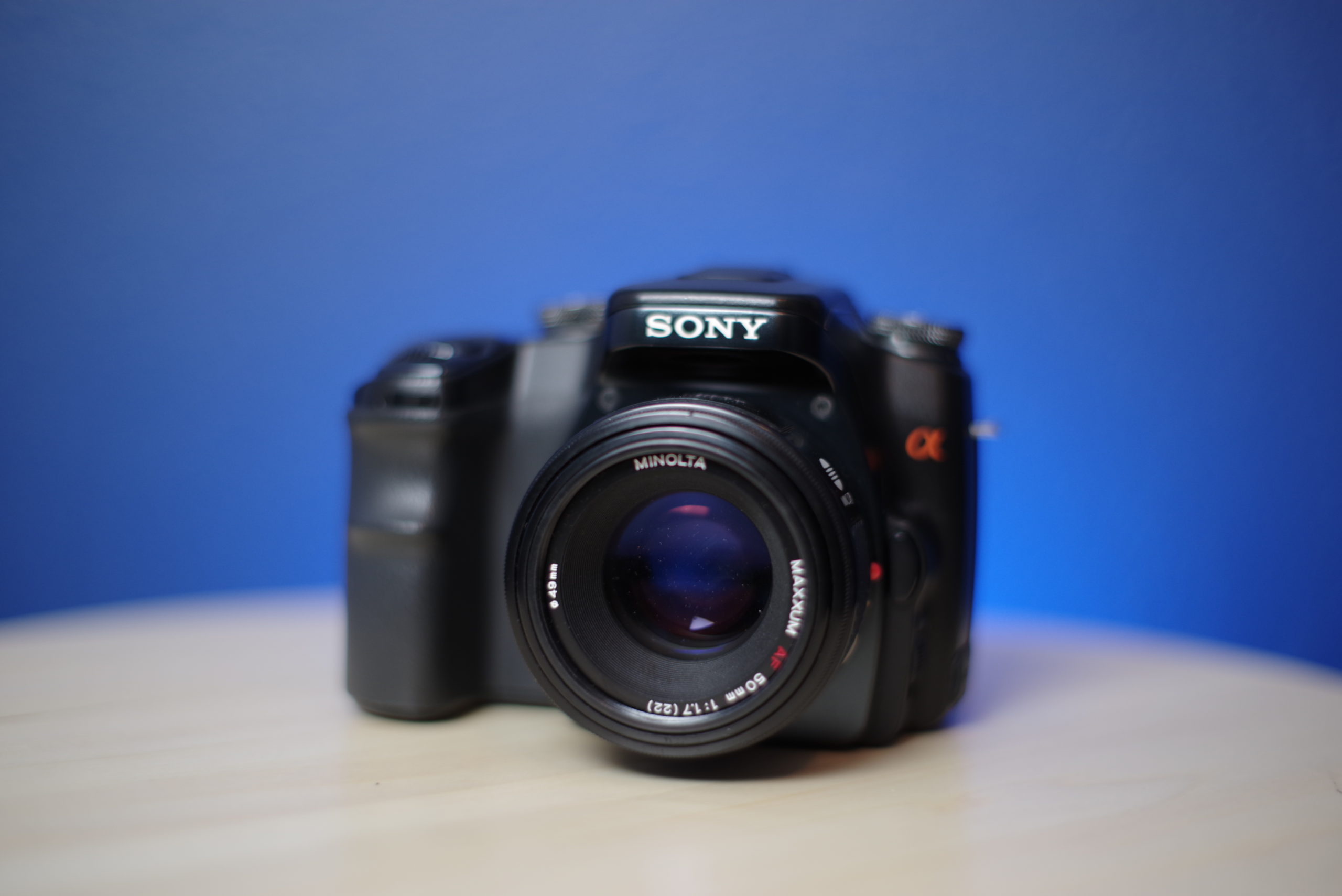
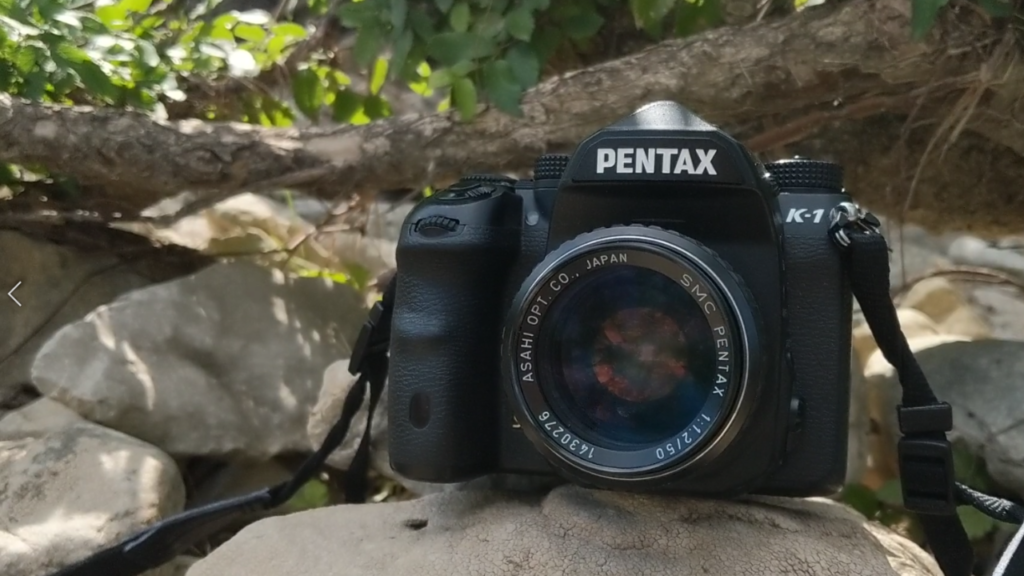
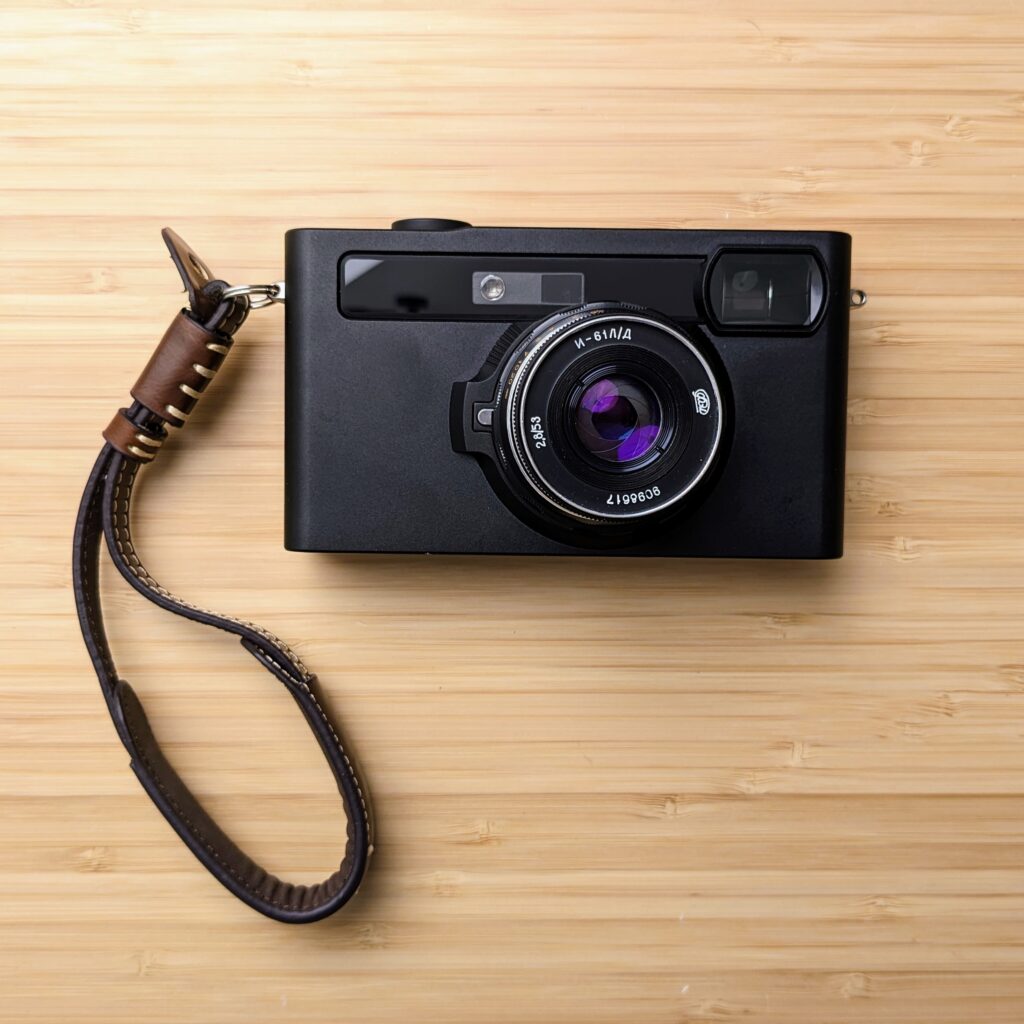
Yeah, I have been addicted to buying these old Minolta Maxxum lenses. I have probably 3 beer can lenses, and a couple of the 50mm. I recently acquired the 28mm at a good price, but I’m confused on how it works. The aperture works opposite of what you’d expect. Set it to f16 and take a photo, it will be over exposed, set it to F2.8, and it’s too dark.
No idea what happened to this lens, got it on ebay. I usually set it to 5.6 and I can get decent images. But no idea what’s going on with that. Still a great camera line, but as you mentioned, not so good with low light.
The 50mm f1.7 shoots nice contrasty images, and I’m loving the 70-210 beer can lens, constant f4. Even the one I have that has multiple scratches take sharp images, and doesn’t affect the output. Lots of fun taking this camera everywhere and not worrying if it gets broken or stolen…
Uh, weird about that 28mm! I don’t know what to make of that! Can you set to a long exposure mode and visibly check that the aperture is stopping down correctly? Maybe the aperture is stuck wide open, and the camera is overexposing because it thinks it is set at f16 like it was supposed to be.